Cape Arid & Cape Le Grand National Parks, WA

Days 15-16: 19th-20th September
(3,931 km)
Our nature tour of WA really started here. Even though we had crossed the SA-WA border a couple of days previously, this was the first time we had moved into a truly natural environment - the Cape Arid National Park.
This was about as far east on the WA south coast that we could get to with our car. We had hoped to visit the Eyre Bird Observatory, which is directly south of Cocklebiddy, our first overnight stop in WA. But we’d have needed a proper 4WD to access that spot, which, incidentally is housed in the old Eyre Telegraph Station building. Pretty remote!
The Eyre Bird Observatory is in the Nuytsland Nature Reserve, which is continuous with the Cape Arid National Park to the west. A short stretch of agricultural land separates Cape Arid from Cape Le Grand National Park further to the west. So an almost unbroken stretch of wild, natural land extends along the coast from close to the WA-SA border to near Esperance - a distance of 750km. Magnificent!
Cape Arid National Park
While several people had raved about Cape Le Grand before our trip and urged us to make a visit, we hadn’t heard much about Cape Arid NP. It seems like it is generally poorly known - we shared the camping ground with only a couple of other people.
The name of the park gives a very false impression of the place. Our camp site at Belinup on the Thomas River estuary was surrounded by dense vegetation, with many of the bushes in flower.
Lunchtime!
Vegetation around our campsite
Coastal Trail walk
We decided to spend the rest of the afternoon doing the first couple of kilometres of the Tagon Coastal Trail, which passes through coastal heath and along granite headlands.
This would have to rate as one of the most impressive coastal walks I have ever done! Views of pearly white beaches, crystal clear, vivid blue waters of the Southern Ocean, spectacular rock formations and islands of the Recherche Archipelago Nature Reserve in the background.
Thomas River inlet made a pretty impressive start to the walk. Deep drifts of thin-shelled cockles were scattered along the beach.
The vegetation along the trail was both unfamiliar and interesting. It was dominated by a Banksia species, Banksia speciosa (Showy Banksia), I hadn’t seen before. This species has a limited distribution on the far eastern section of the South Coast of WA.
The pink flowers on these Pimelea ferruginea (Coastal Bangine) bushes were quite striking. This species is widespread on sandy dunes and rocky headlands right around the South Coast.
We saw several Southern Right Whales, most with a calf, close to the coast. Almost a replay of Head of Bight! And several of them put on a show.
A bonus was that we had the walk entirely to ourselves - if you exclude the odd kangaroo on the cliff tops.
Further evidence of large animal activity on the trail - large footprints of an emu in the beach sand. The contrast to the adjacent footprints of a small plover - either a Red-capped or Hooded - made us chuckle.
This is the beach we walked to along the trail. Sorry to bore you with multiple images of Nirvana.
Feeling pretty happy here!
We turned around here and made our way back to the Thomas River inlet. Kerri enjoyed taking shots of a party of five Sanderlings in the shallows. They displayed their typical jizz of running after an ebbing wave to catch prey, then running back to avoid the next wave. Kind of like excited young children do at the beach.
Len Otte Nature Trail
We set off early the next morning to do this 2.7km loop walk, which winds through heathland and thickets. The WA Parks website promised the walk would showcase the tremendous variety of plants in the area - and it did not disappoint!
We soon arrived at the large granite (gneiss) outcrops, which are a prominent geological feature of the walk. We spent some time on our hands and knees photographing the different species of sundews (Drosera) and other tiny plants growing on the nutrient-poor, moss-covered substrate of these bare rock faces.
This was all pretty amazing stuff. But shortly after the real fun began - orchids! Quite crazy really. We were totally blown away by the show on offer as we followed the trail up to its highest point.
We’ve only just started to identify the several species we sighted. So in the meantime here is some eye candy without labels.
While the orchids drew the biggest “Oos!” and “Aahs!”, the other plant life along the trail was also extraordinary. This was our first exposure to the beautiful/amazing/weird array of plants on display in the South Coast region. Gobsmacked is an understatement.
I could recognise many of the same genera from back home. But others were like nothing I’d seen before.
Then there were a host of plants that were clearly members of the Proteaceae family but which were totally unfamiliar to me. The diversity within this family on display here was truly amazing. On the South Coast of WA, Proteaceae rules, it seems.
So engrossed were we with the botany, that the birds barely got a look in. We did see the Grey Butcherbird and Horsfields Bronze Cuckoo. And Kerri got some nice shots of this Tawny-crowned Honeyeater.
An emu made an entrance - perhaps it was the same one whose footprints we saw on the beach?
But birds came to fore again when we heard the familiar twitterings of fairy wrens. A bit of patient watching and waiting rewarded us with some great views of a family of Blue-breasted Fairy Wrens.
Similar to the Variegated Fairy Wren, which we’ve often seen on the East Coast and on trips to SA. But the males have an indigo rather than a black breast. Stunning bird and another nice lifer!
And there’s still another one to get over here! We’ll be on the lookout for the Red-winged Fairy-wren, a Western Australian endemic, as we head further west, towards Cheynes Beach.
Cape Le Grand National Park
As we had spent most of the morning on the nature trail in Cape Arid, we didn’t arrive at the entrance to Cape Le Grand Park until midday. We were a little concerned to see many vehicles driving towards the park. We couldn’t book a camp site here and a long weekend was coming up.
This is clearly a much more popular spot than Cape Arid. Not surprising, as it is only a 45 minute drive from Esperance. In fact we managed to get one of the last available sites at Le Grand beach. The other campground, Lucky Bay, was already booked out.
The Le Grand beach camping ground is in a spectacular location - just behind the dunes of a wide, 25km long beach which stretches to the horizon. The 320m high Mt. Le Grand rises up steeply behind the campground.
We did a walk part way up the steep, rocky trail which leads to the top of that peak.
Some of the same plant species as on the Cape Arid nature trail were to be seen along this route. But we saw many new species, including several orchids. A standout was the Enamel Orchid - quite an amazing thing! I’ll let you guess where they are in the image gallery below
And it wasn’t just plants on display. The large granite outcrops along the trail are good hunting grounds for the Ornate Dragon Ctenophorus ornatus. This guy would made a rapid dash out to the middle of the outcrop, followed by a quick retreat back to shelter on the edge.
And even mammals got a look-in.
We turned around at a saddle below the peak, where we got great views of a Swamp Harrier gliding back and forth over his territory in search of prey.
We left Cape Le Grand early the next morning. A long drive to Fitzgerald River National Park lay ahead of us.
Cape Le Grand revisited, 17th October
As Lucky Bay was booked out when we visited Cape Le Grand on 20th September, we decided to do a day trip there on our way back east.
The weather was fantastic, showing this iconic beach off at its best. The pure white colour of the sand is almost unreal, as is the aquamarine hue of the water in the bay. The small size of the sand grains and their rough edges are responsible for the squeaky sound when walking on this beach.
Lucky Bay
Model sighted on the beach at Lucky Bay
We took the opportunity to visit a couple of other nearby bays - Thistle Cove and Hellfire Bay.
Hellfire Bay
Hellfire Bay beach
LIFER at Cape Arid: first-ever sightings of these bird species
Blue-breasted Fairy-wren
























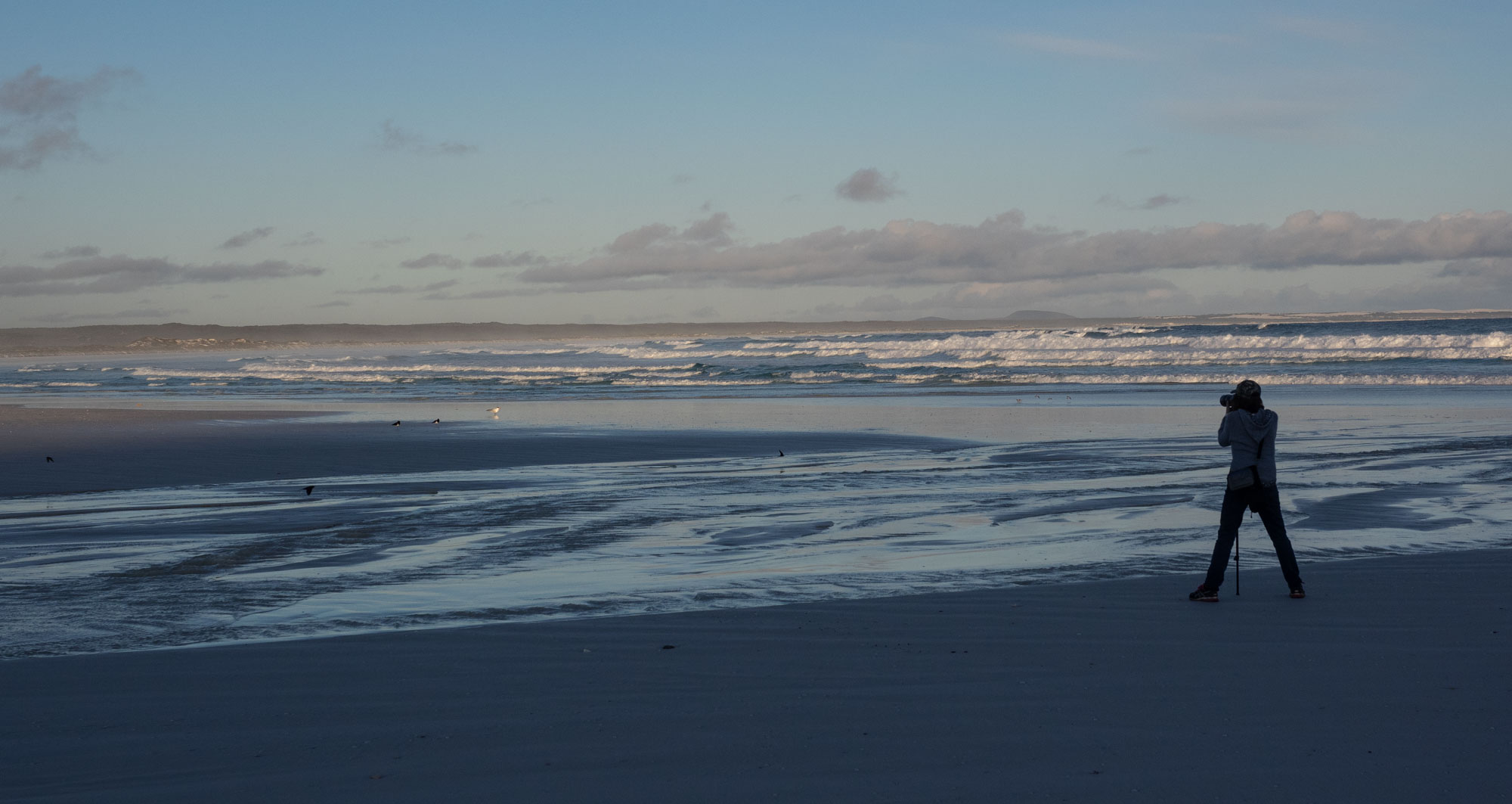











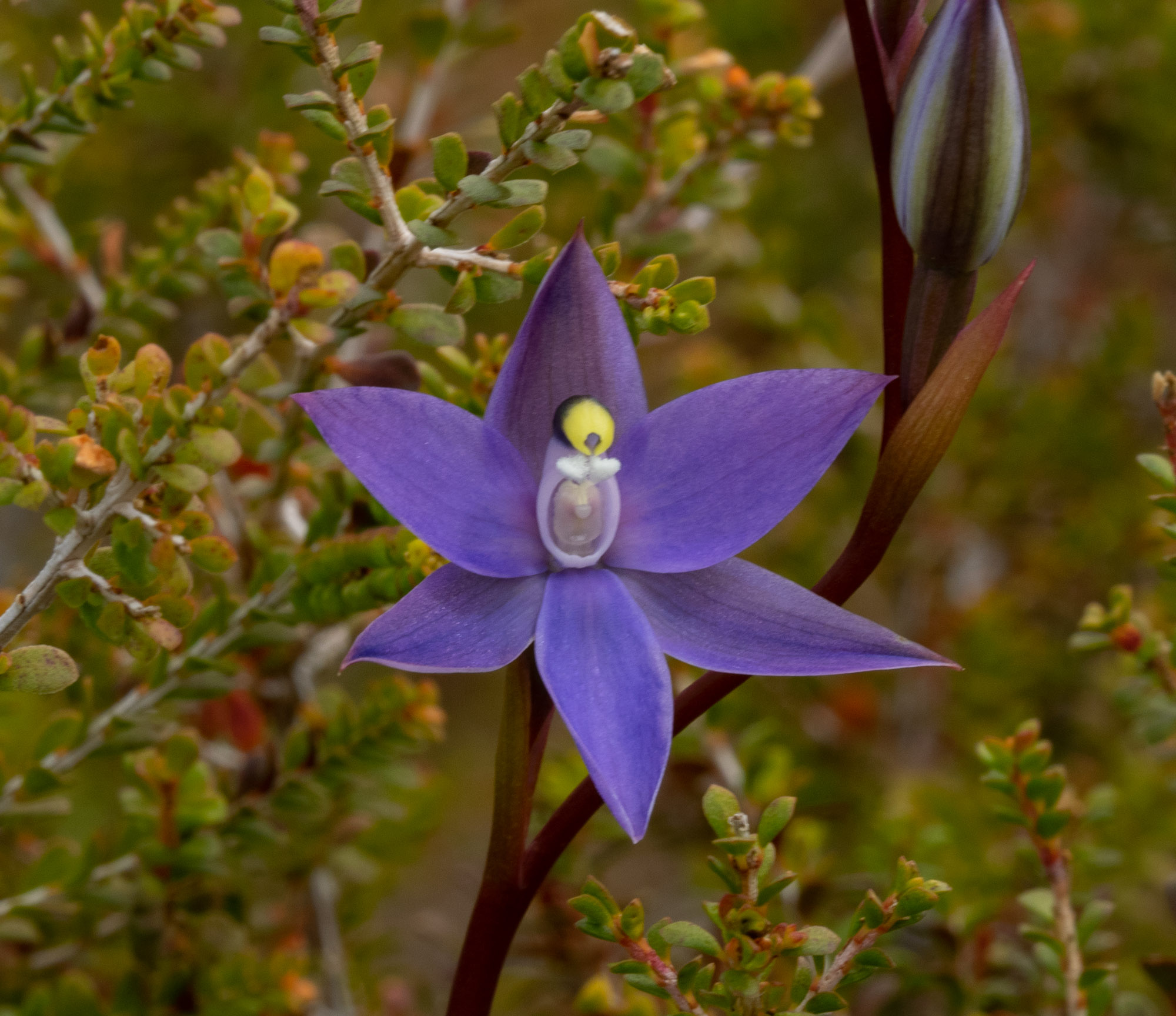










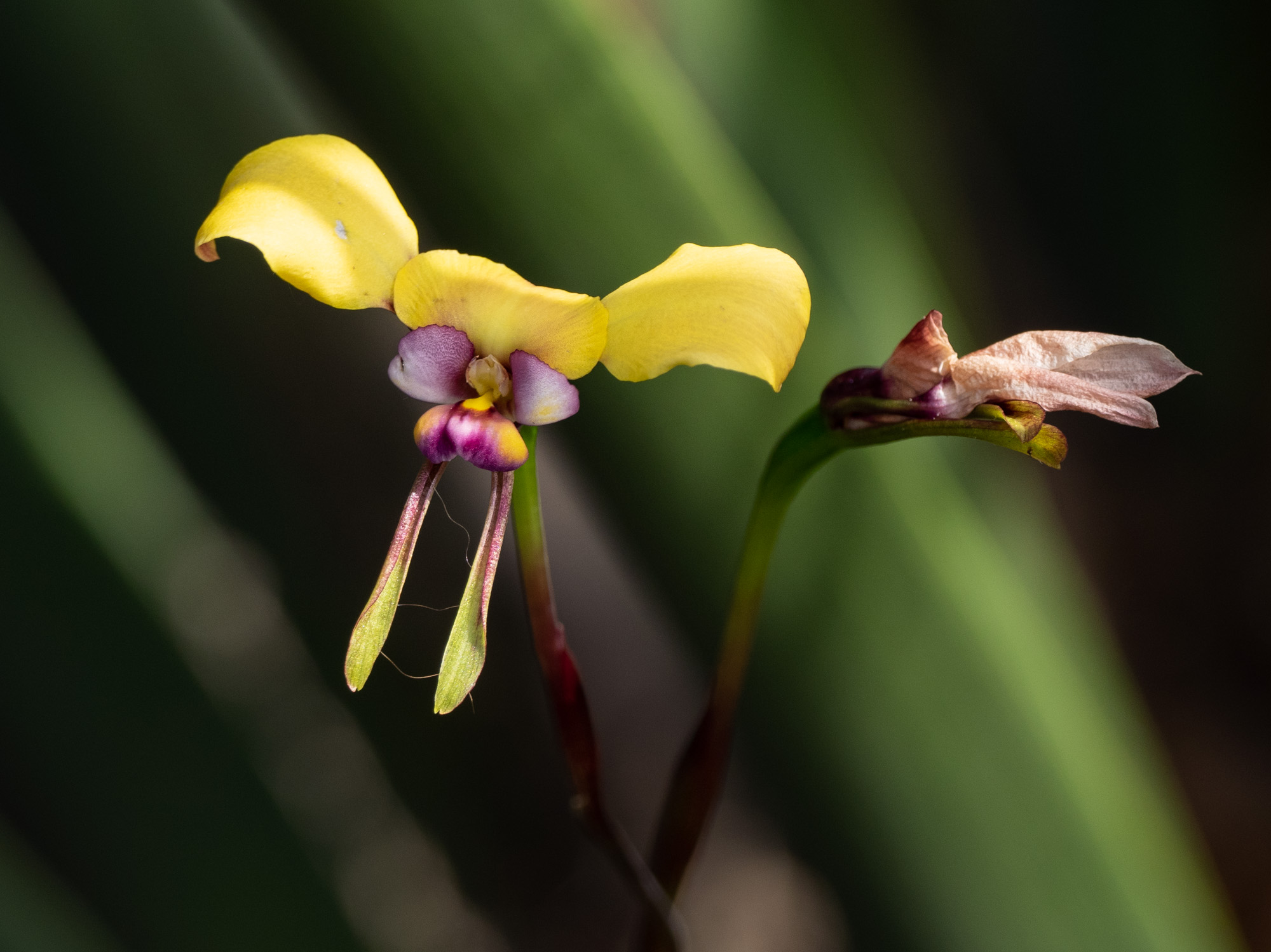

















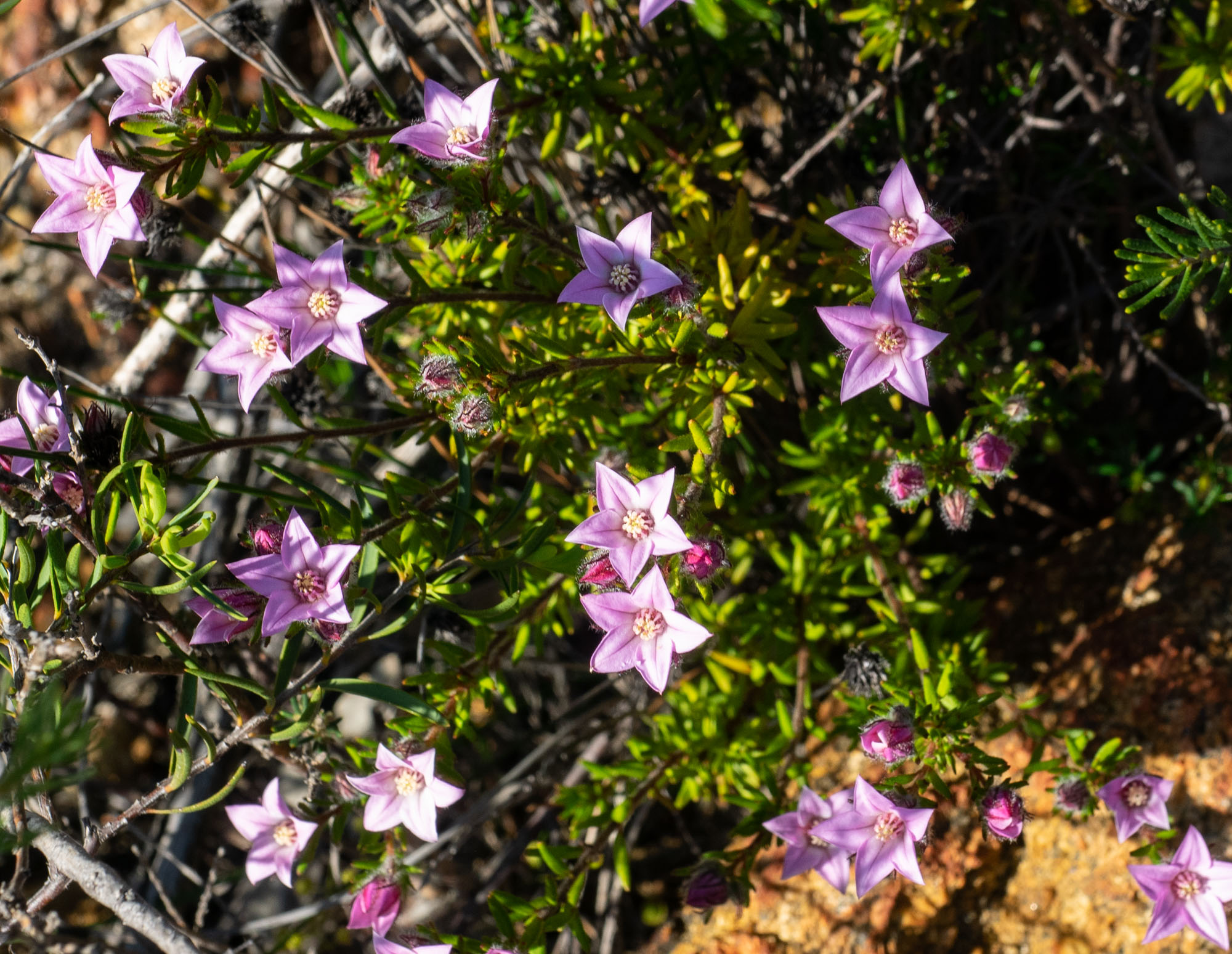
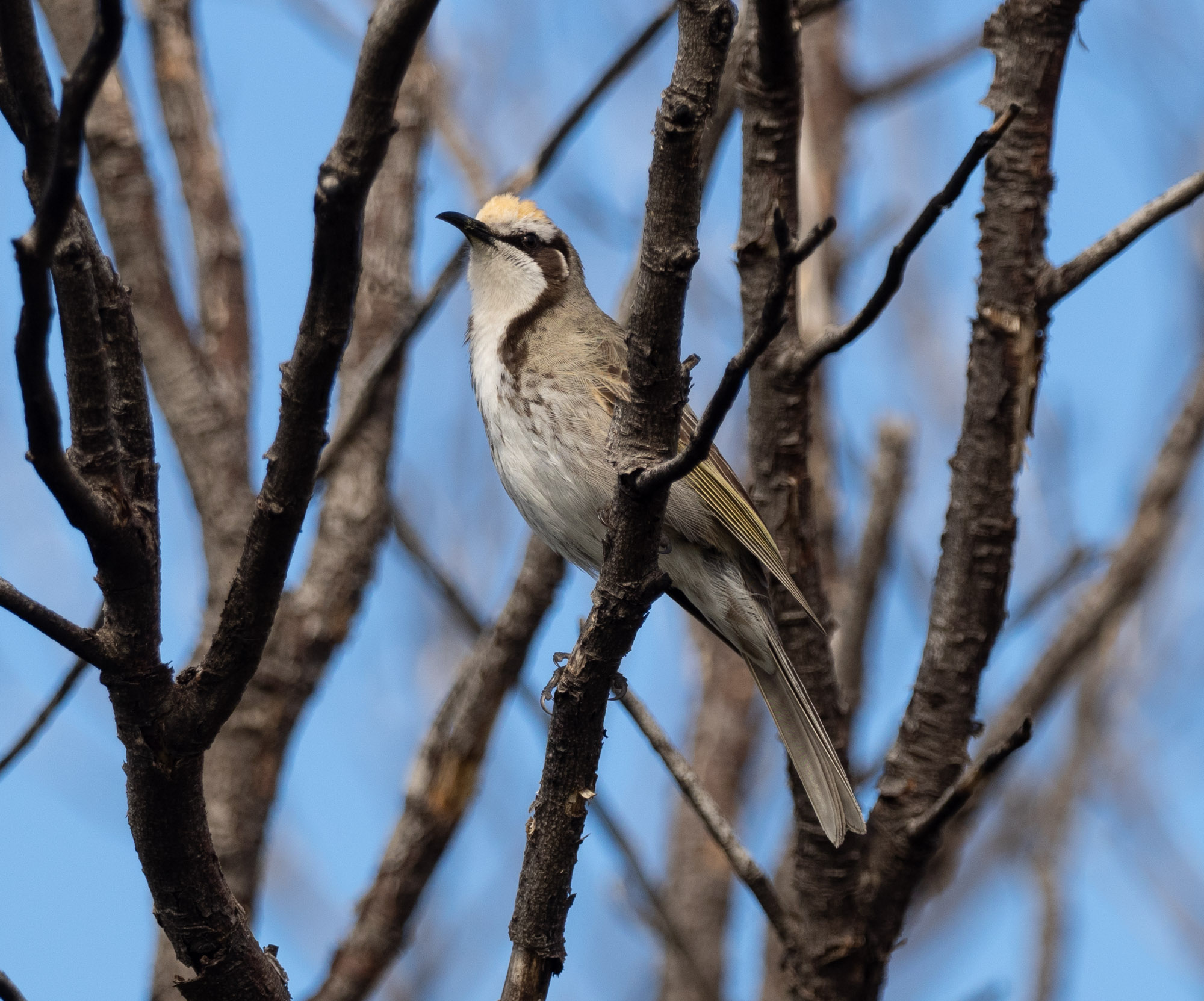
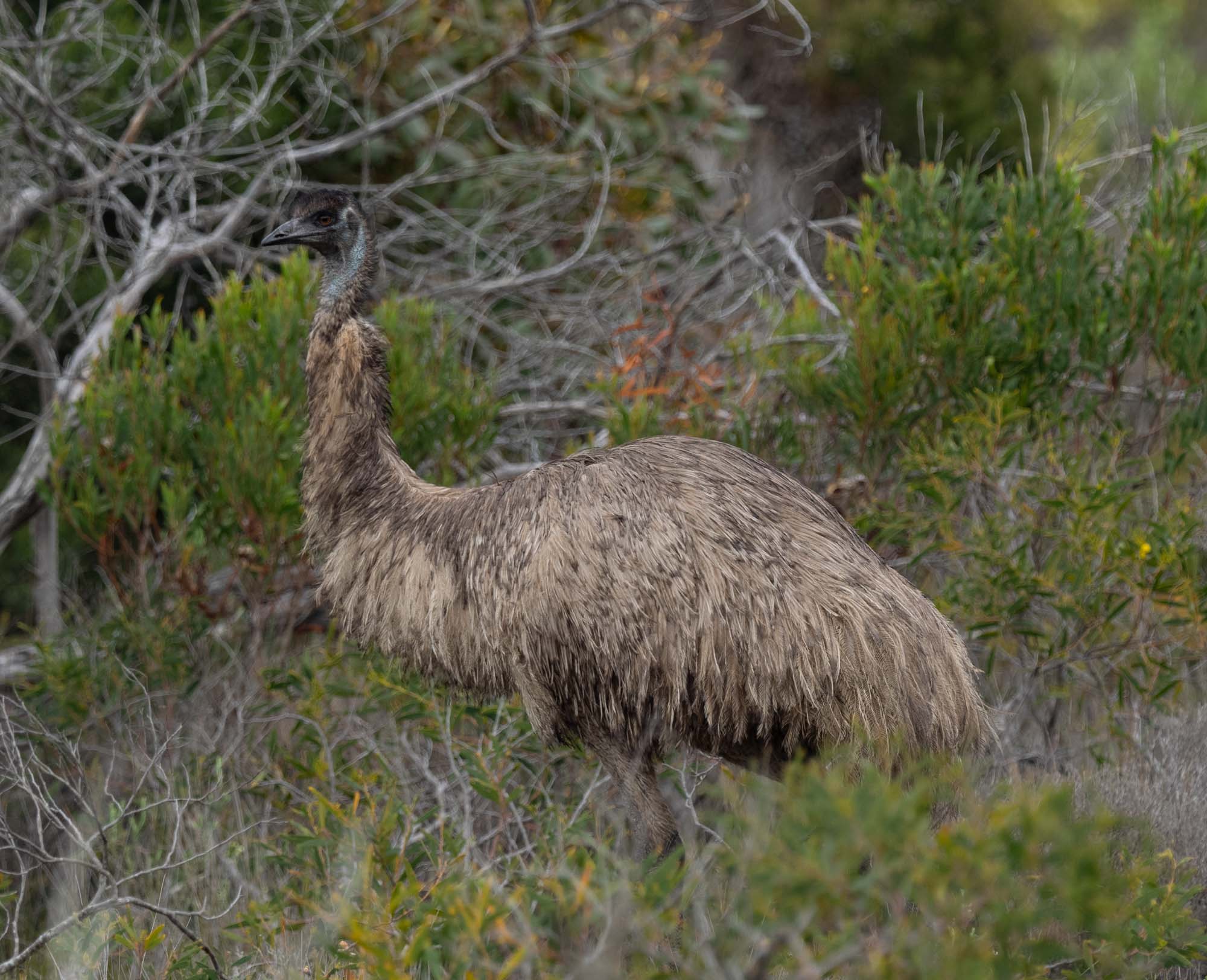






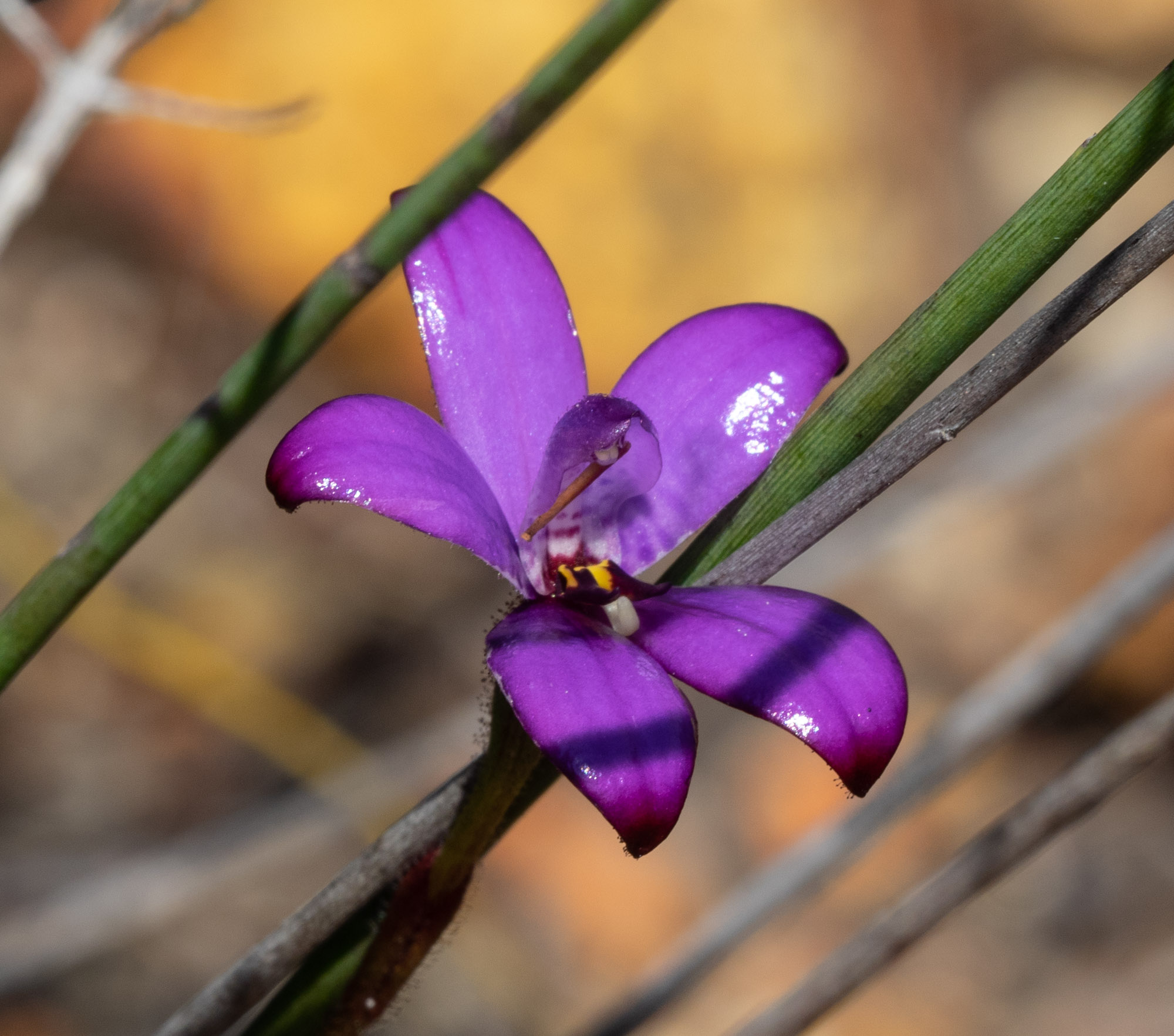




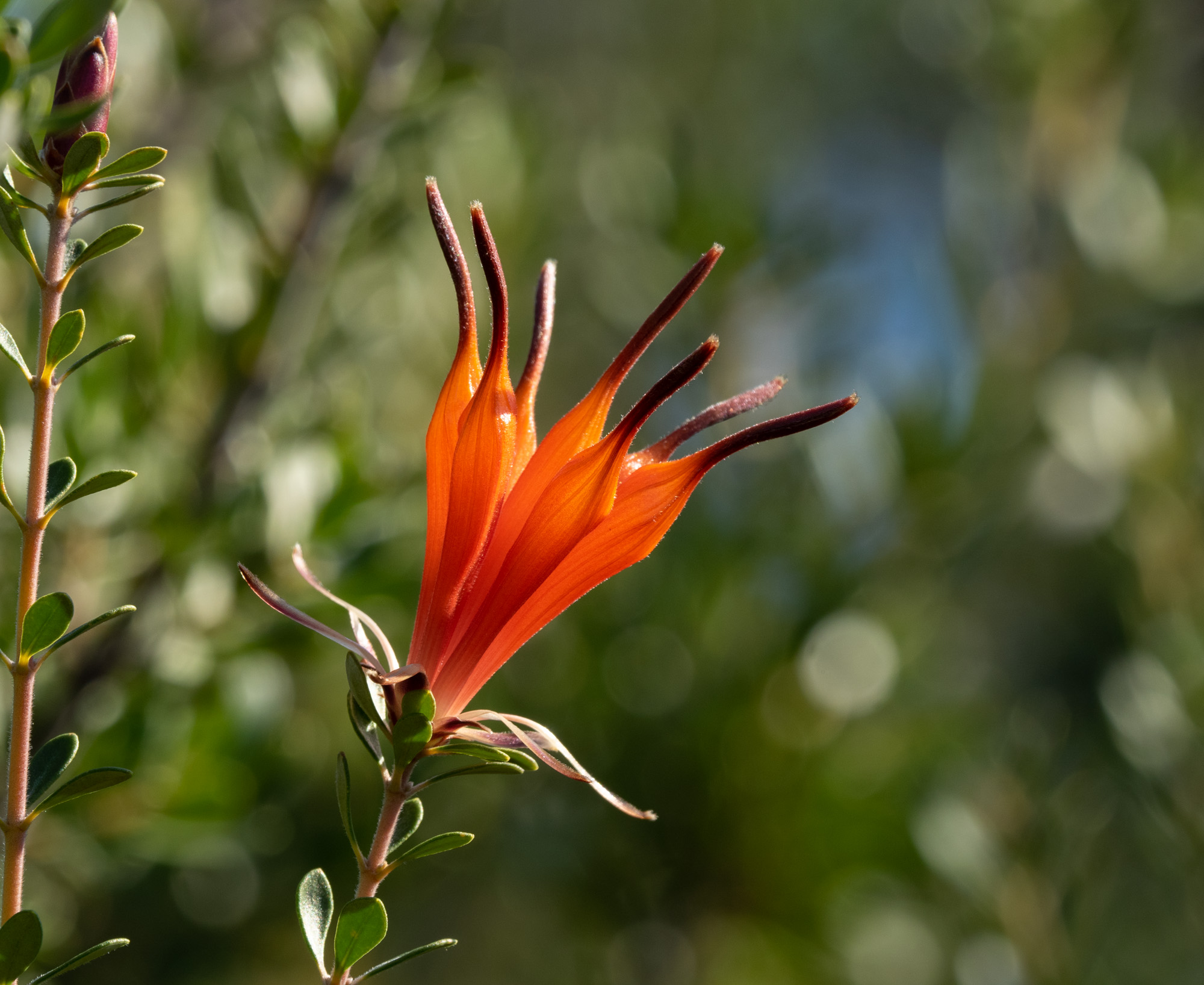






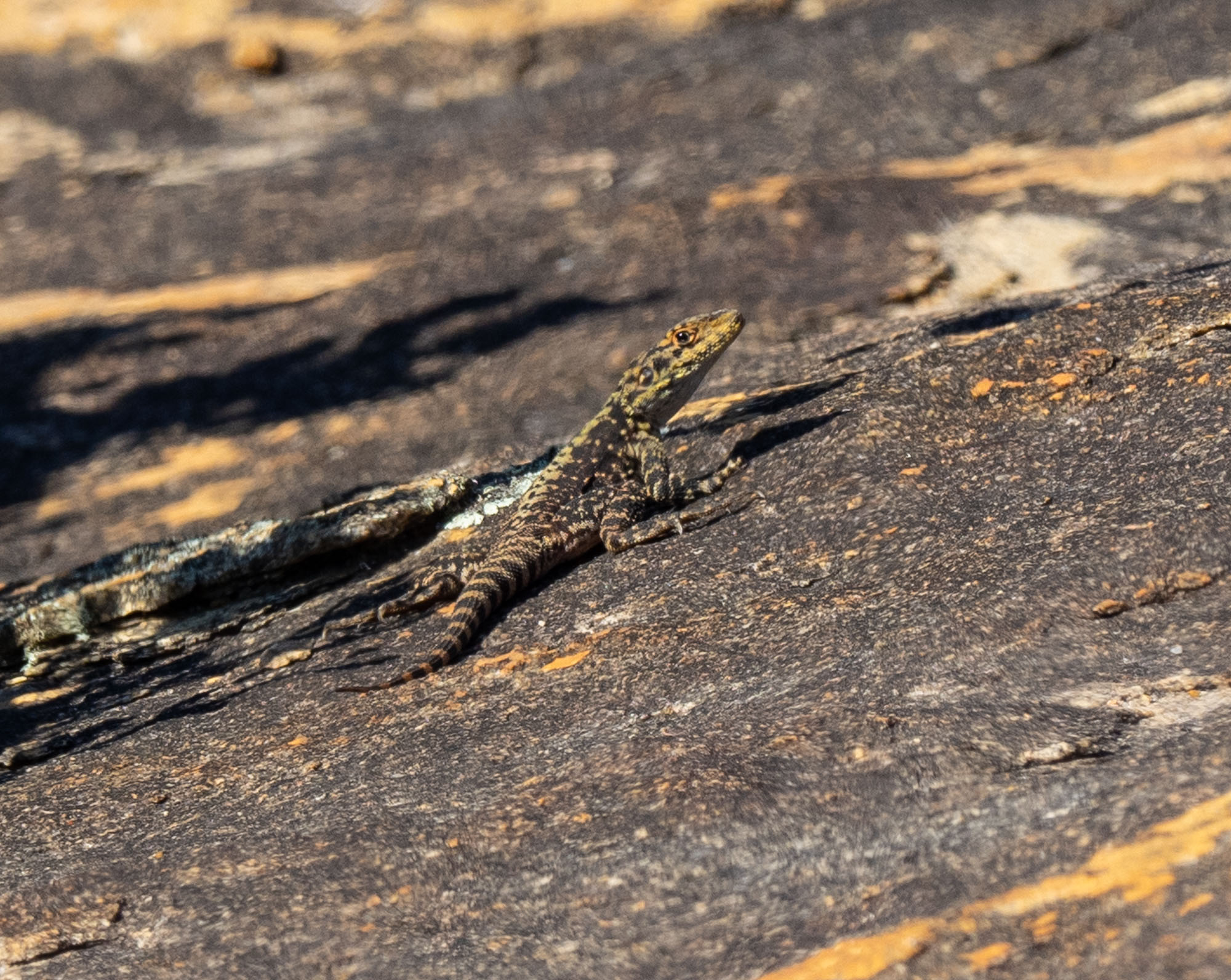







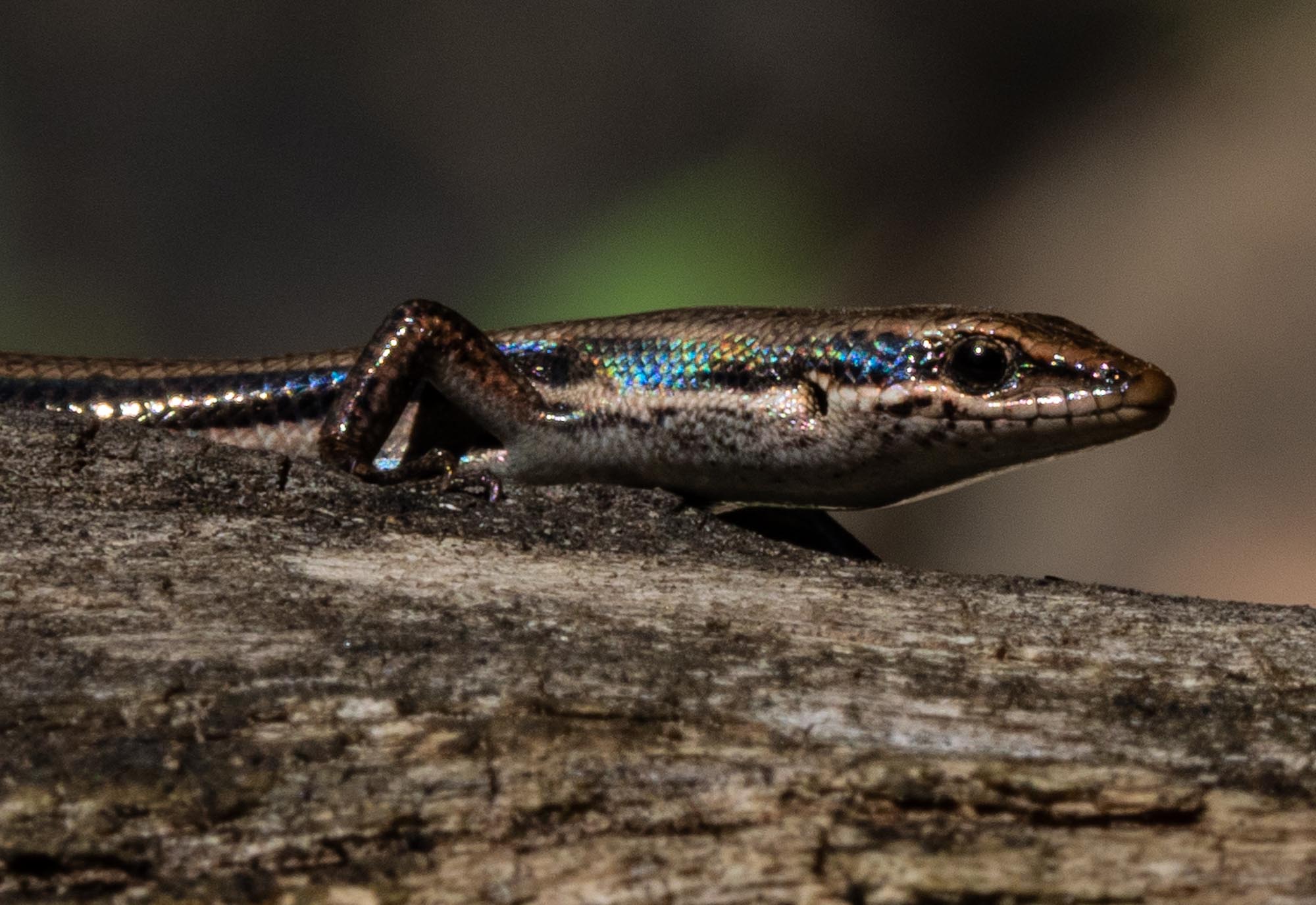
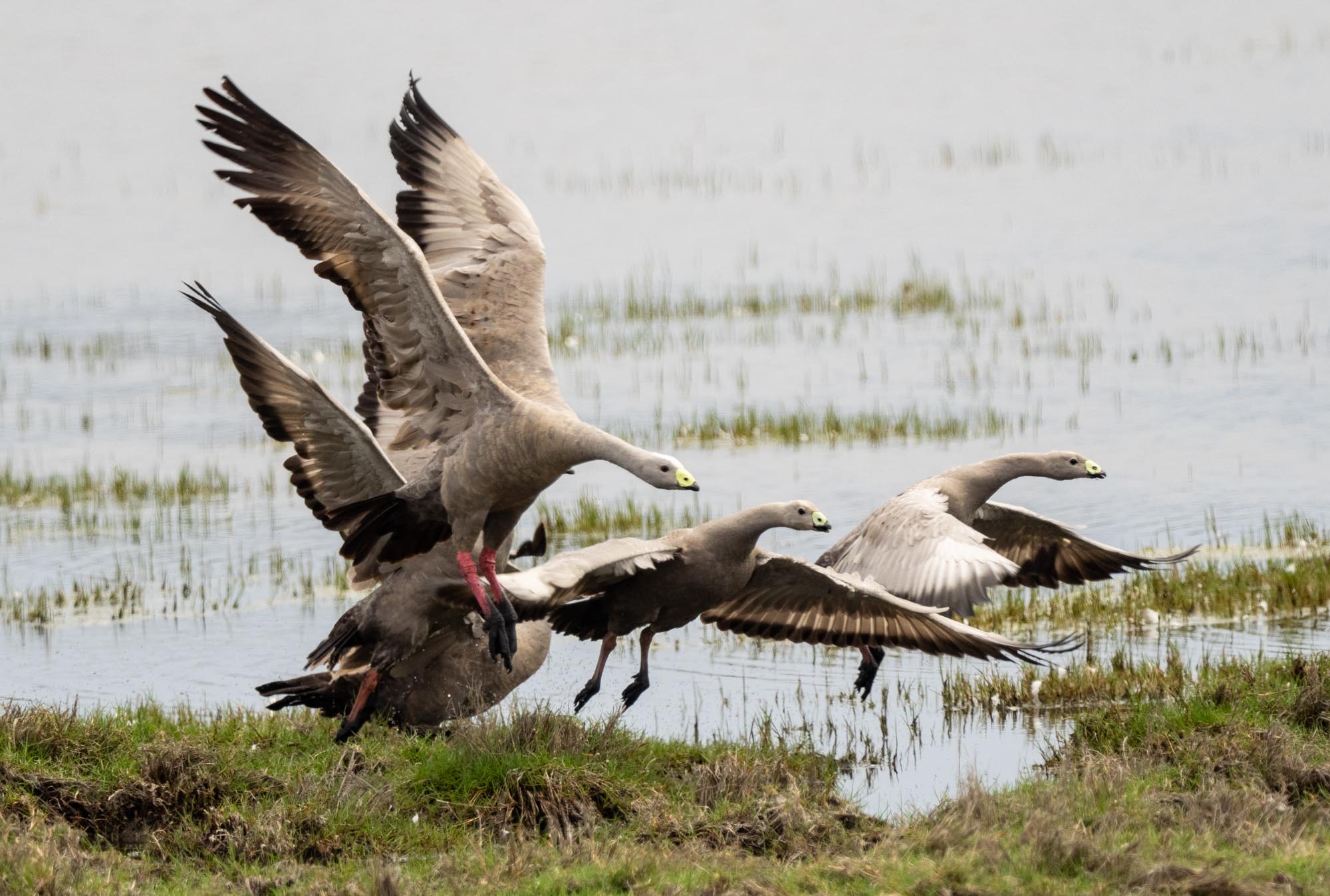
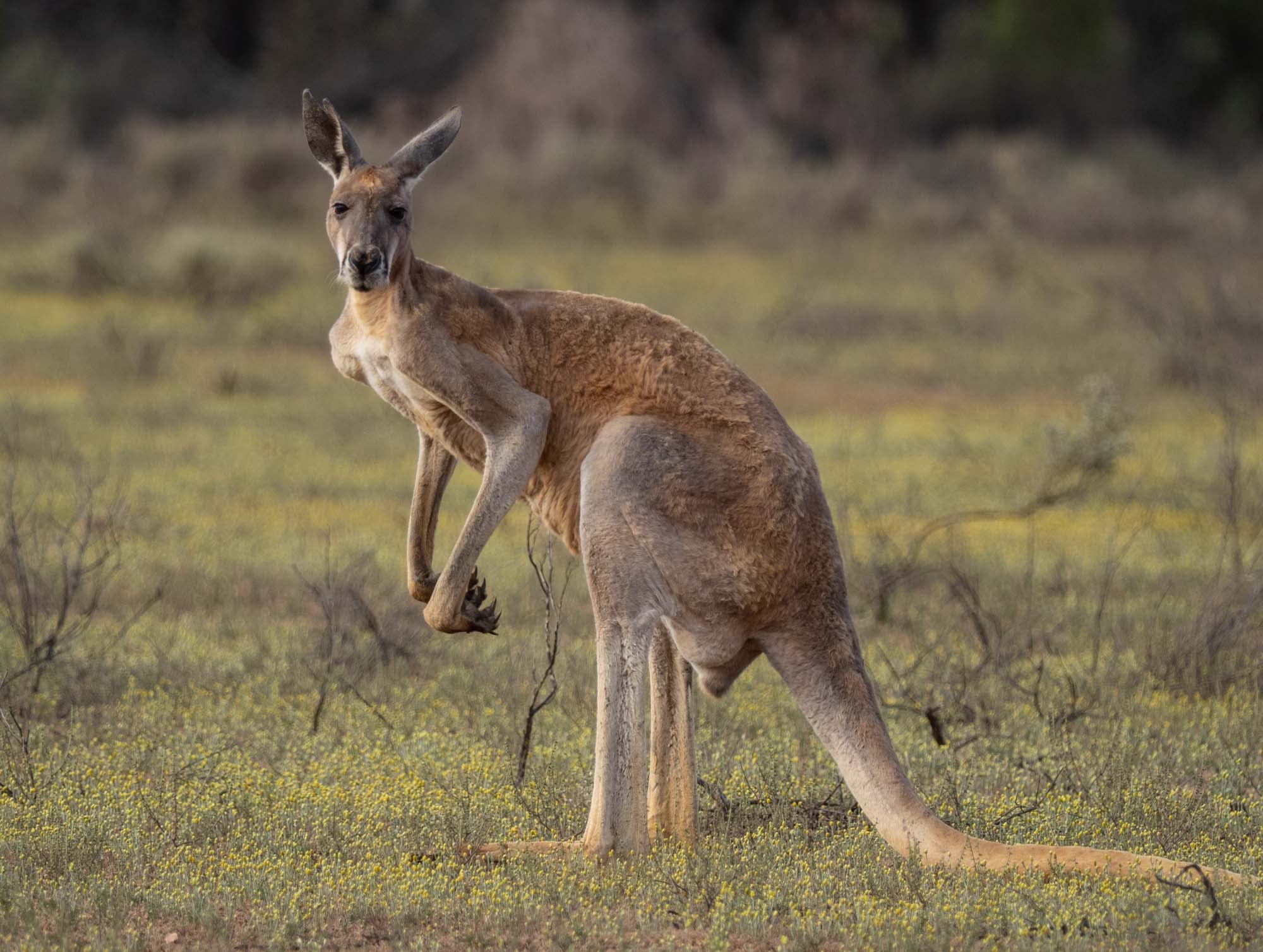


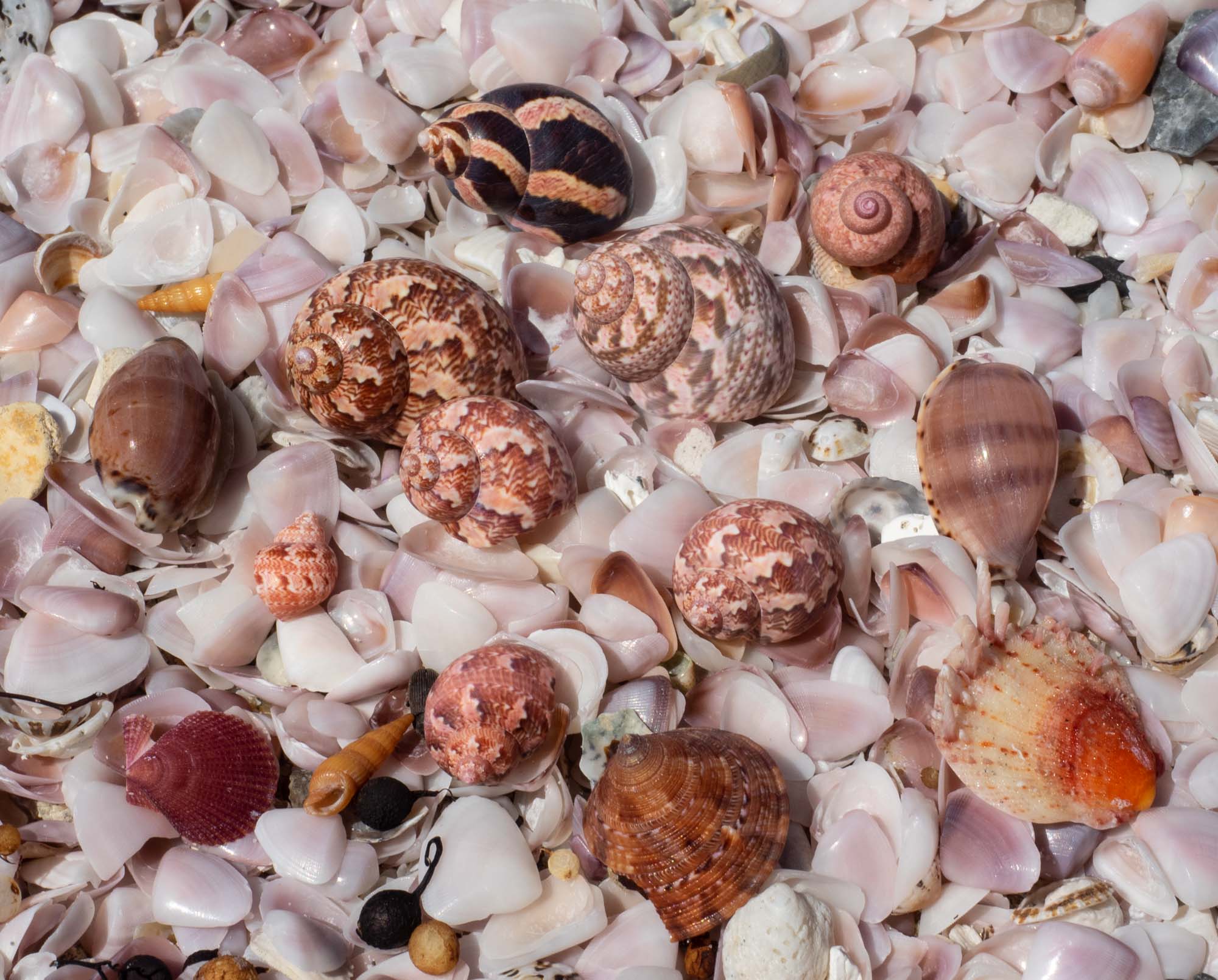
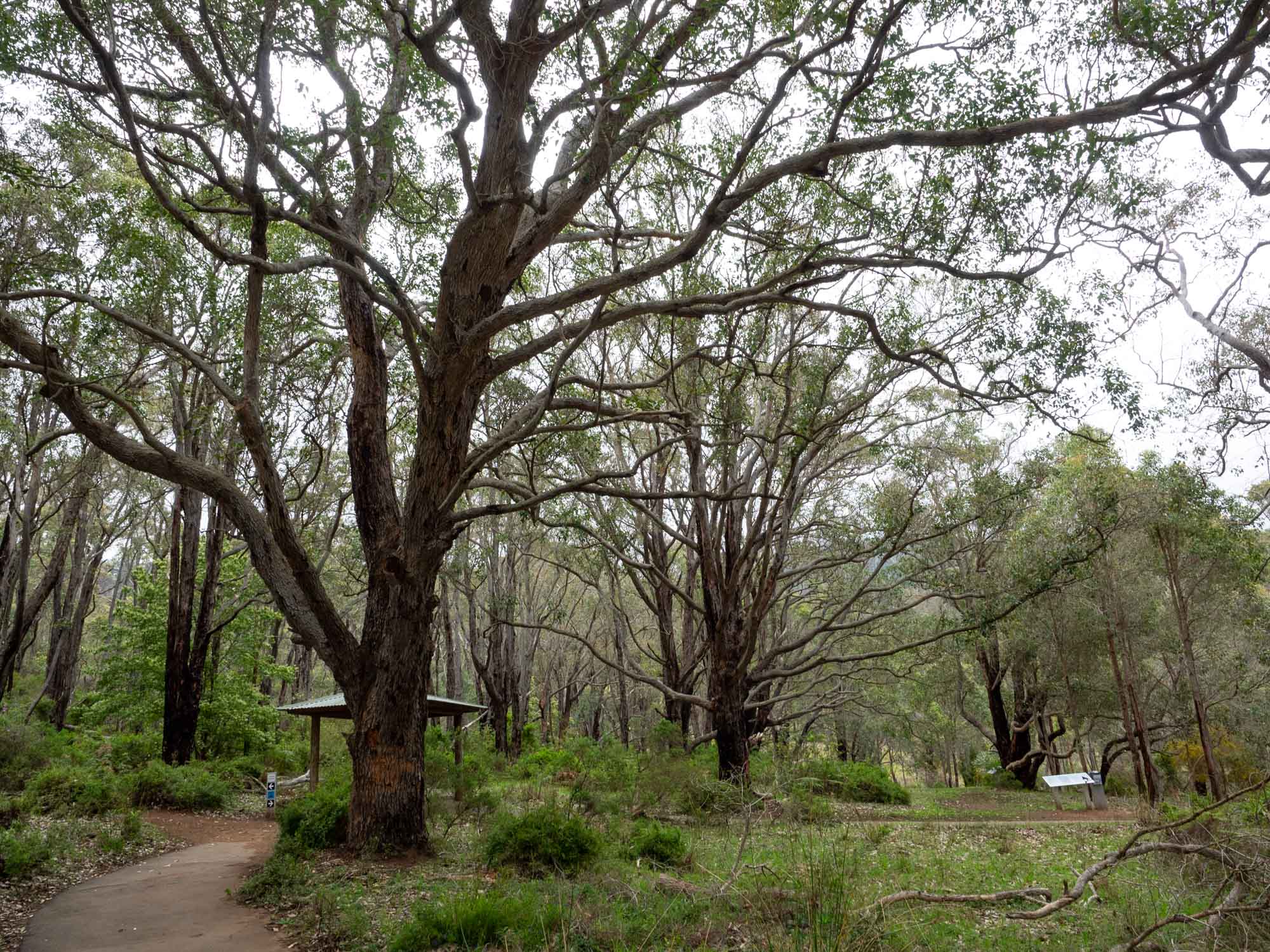
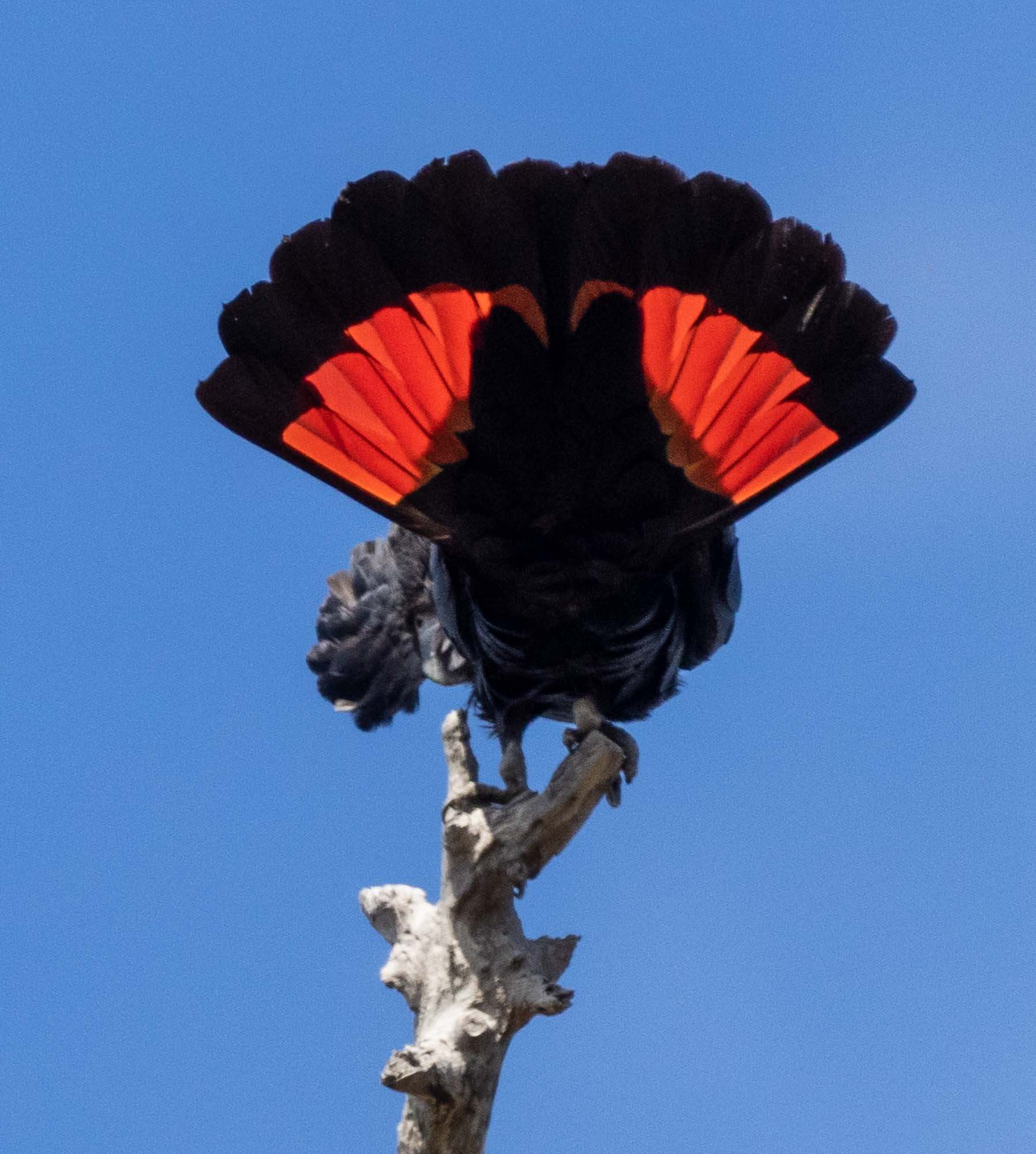

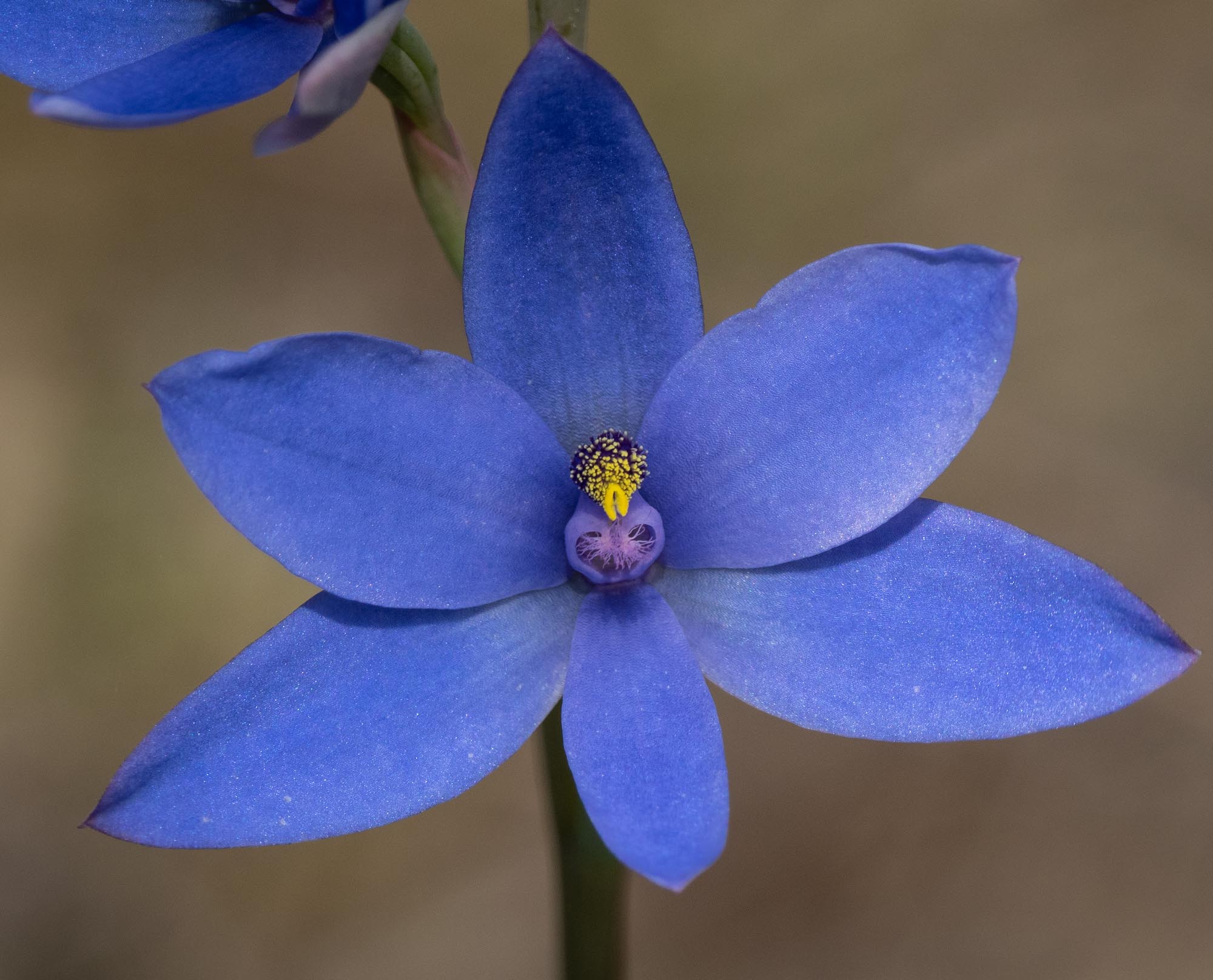
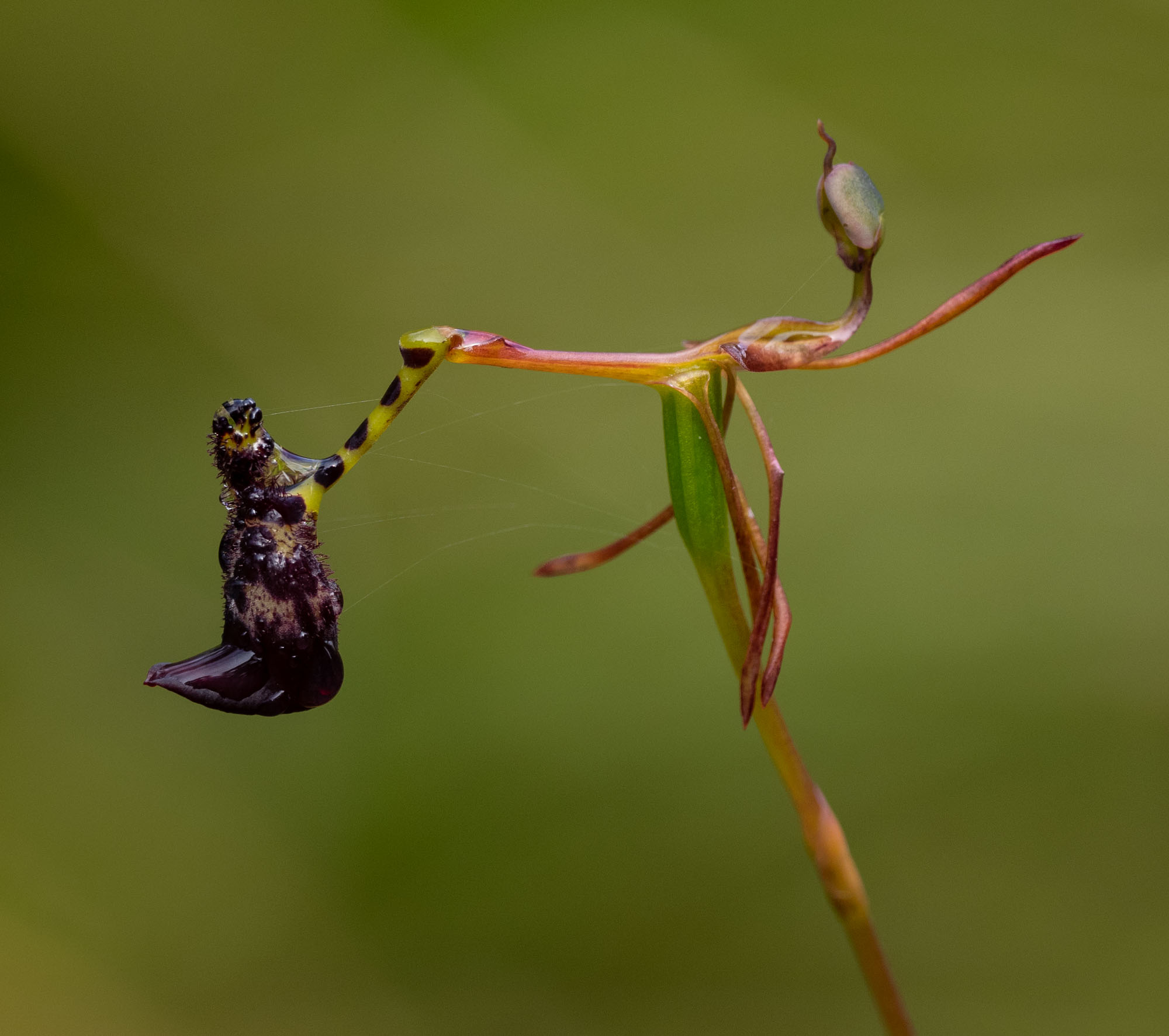
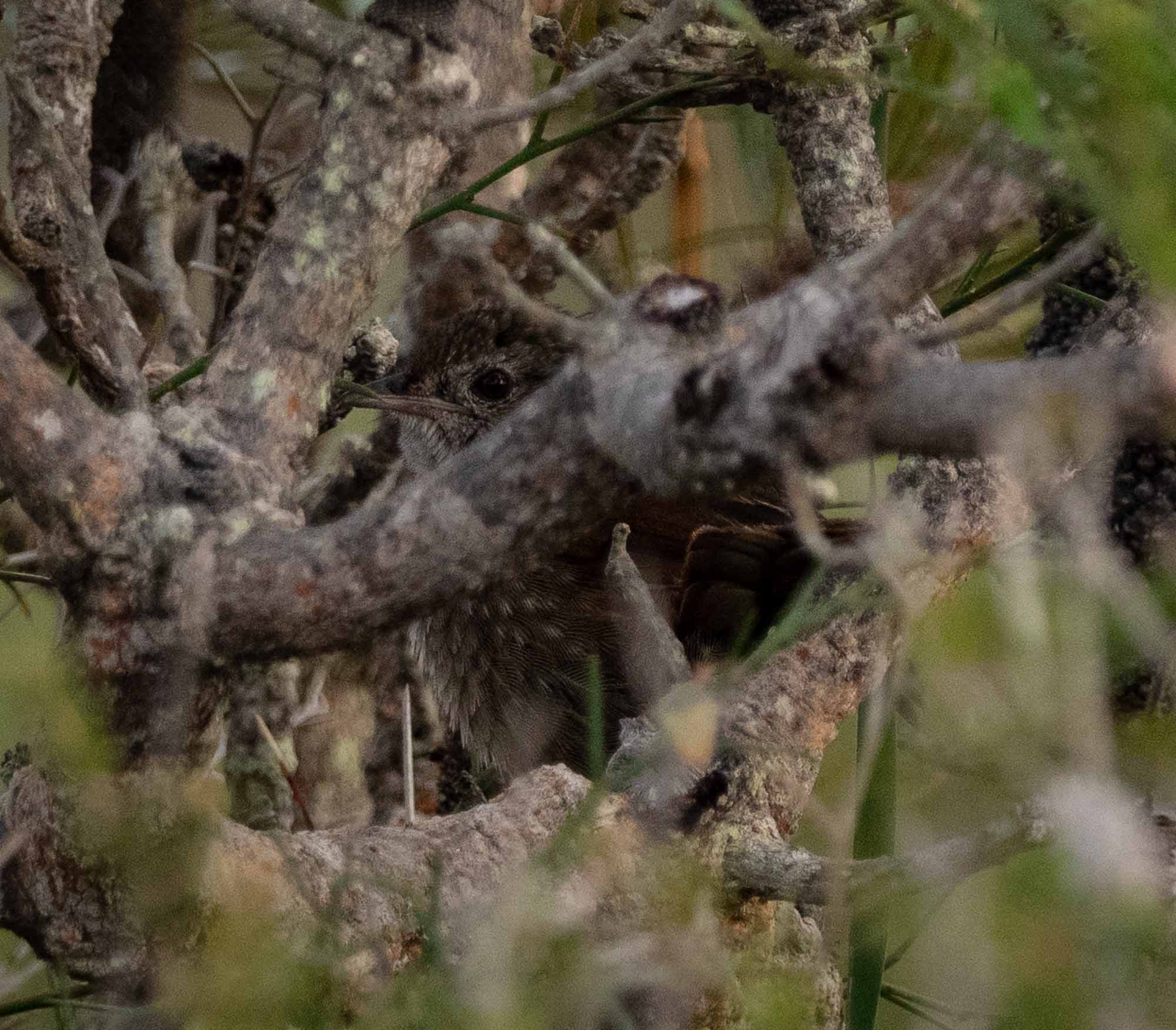
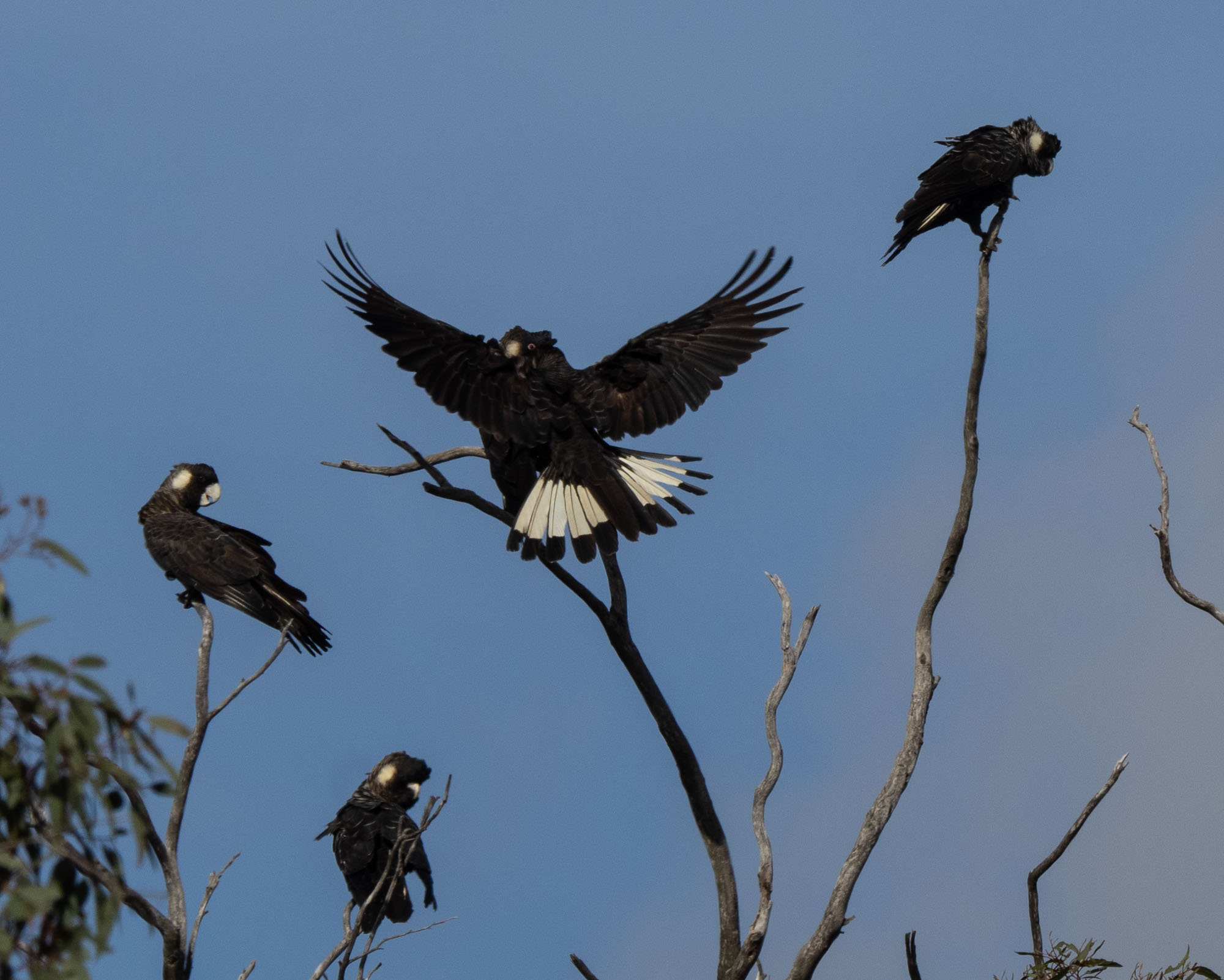

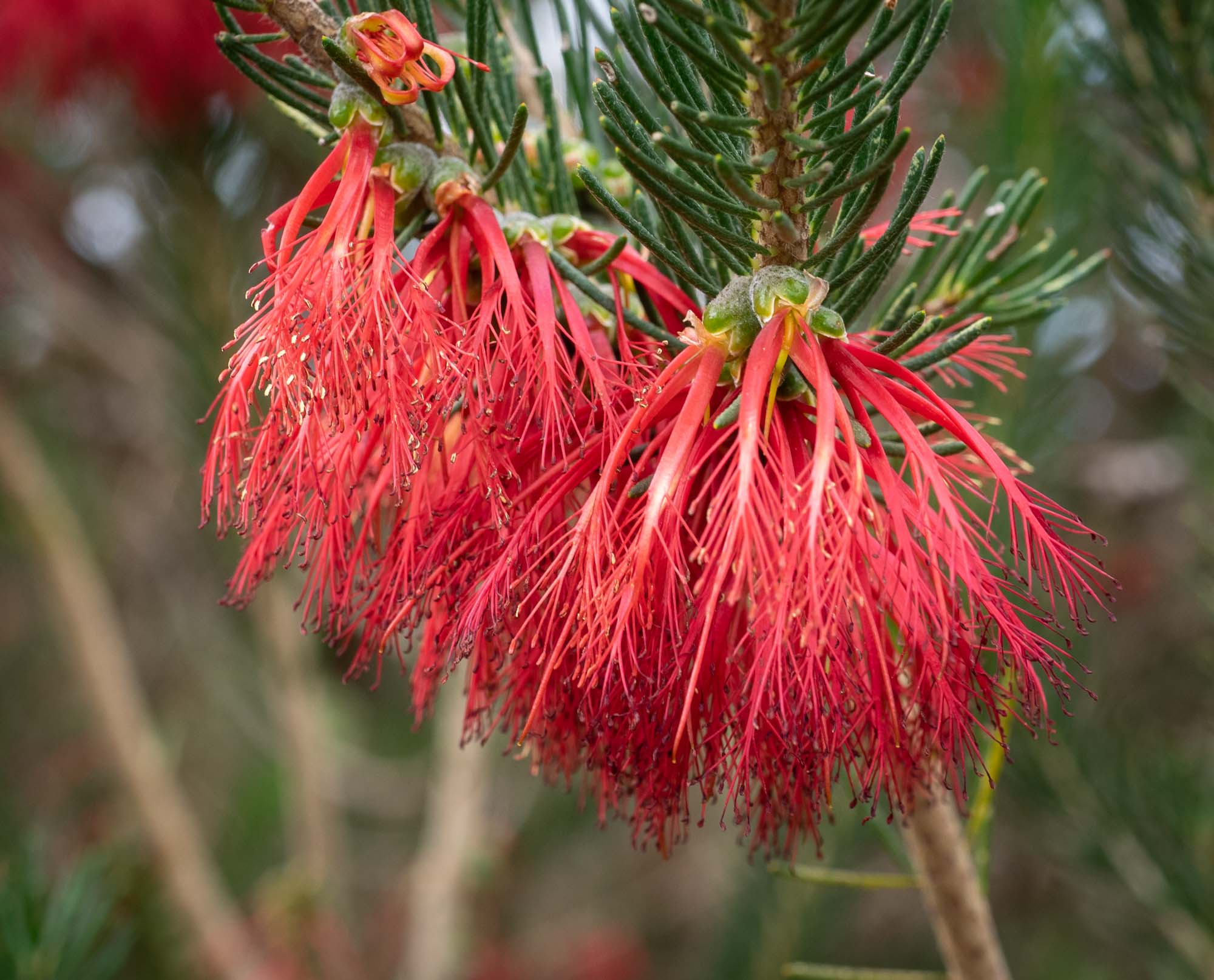

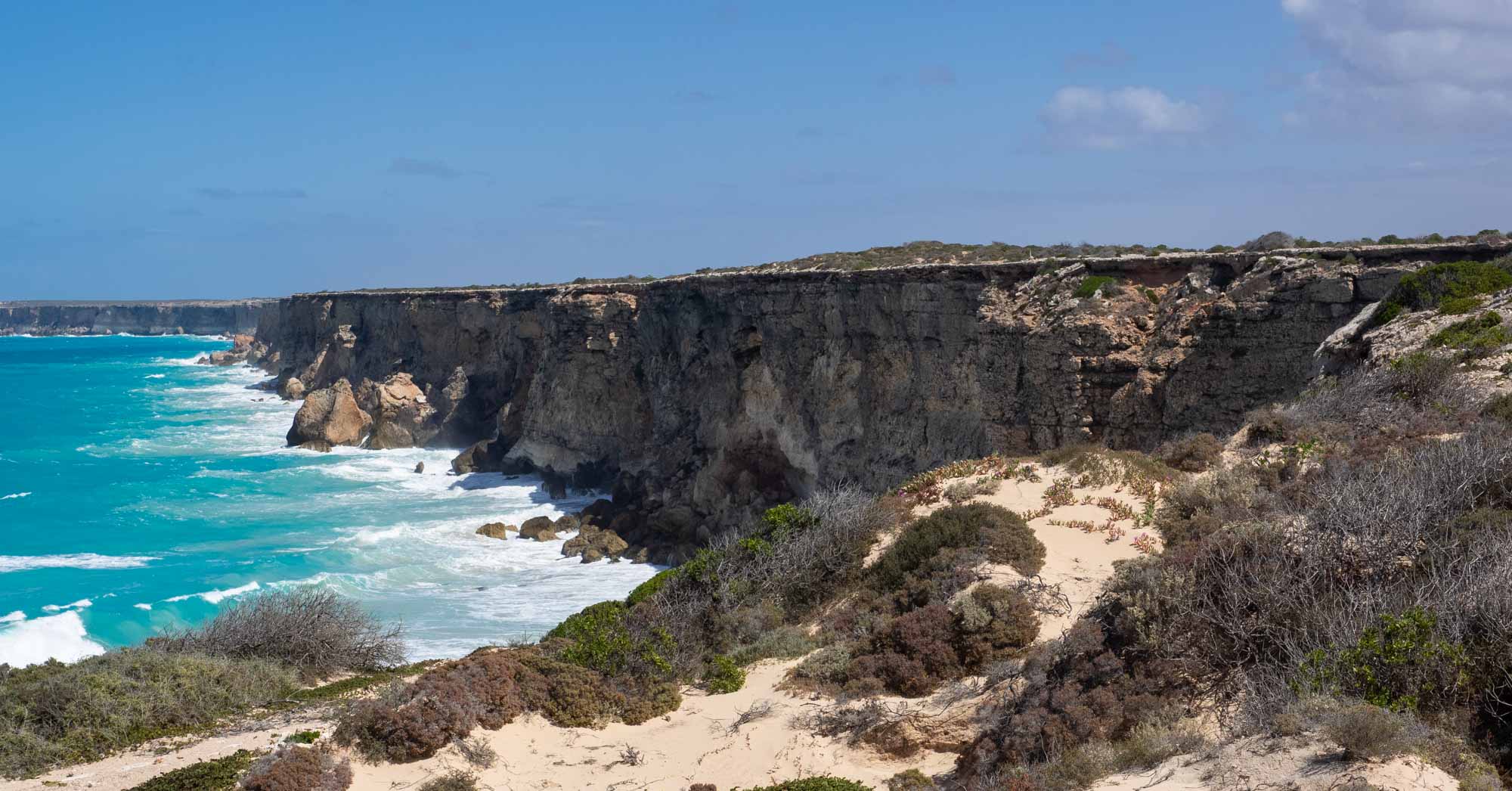
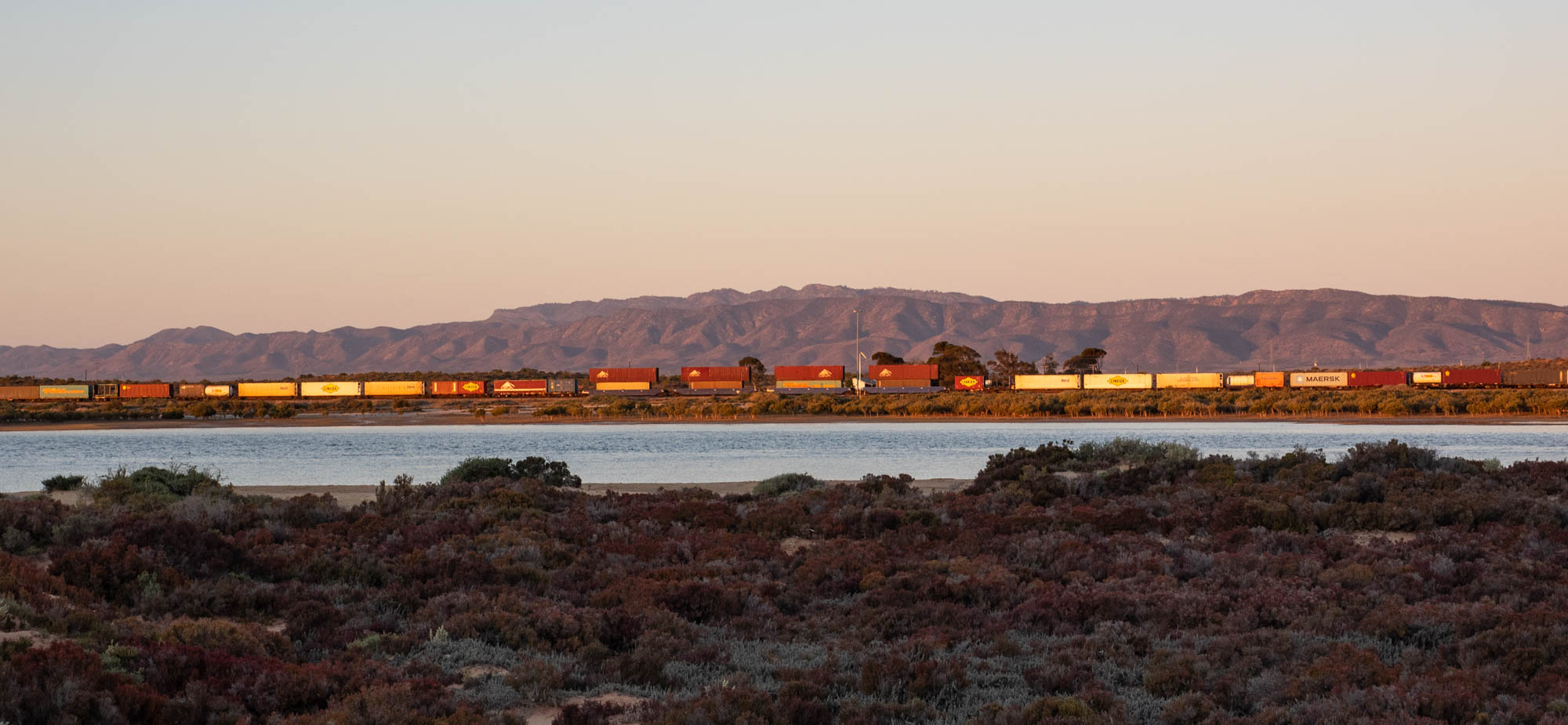
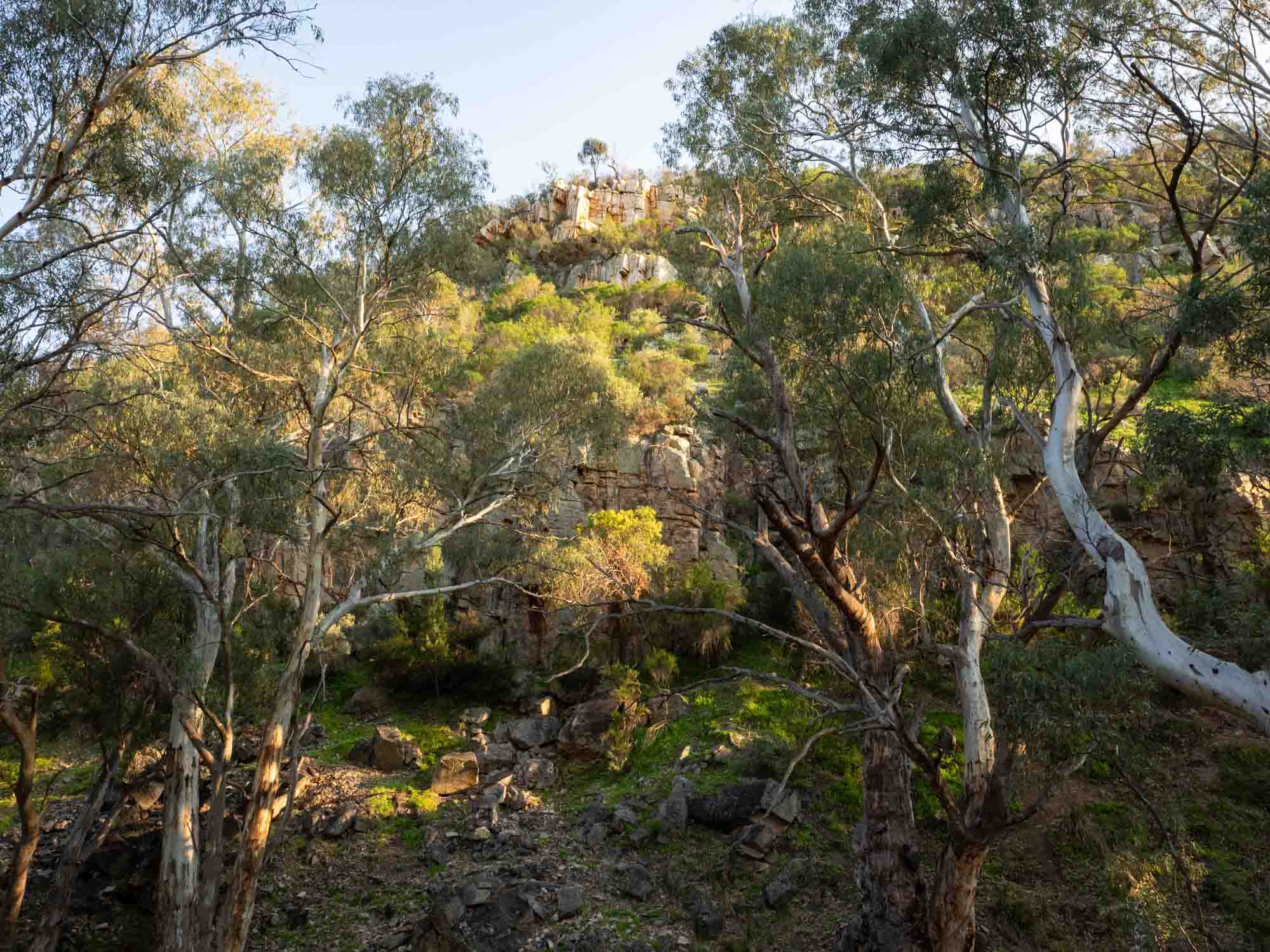



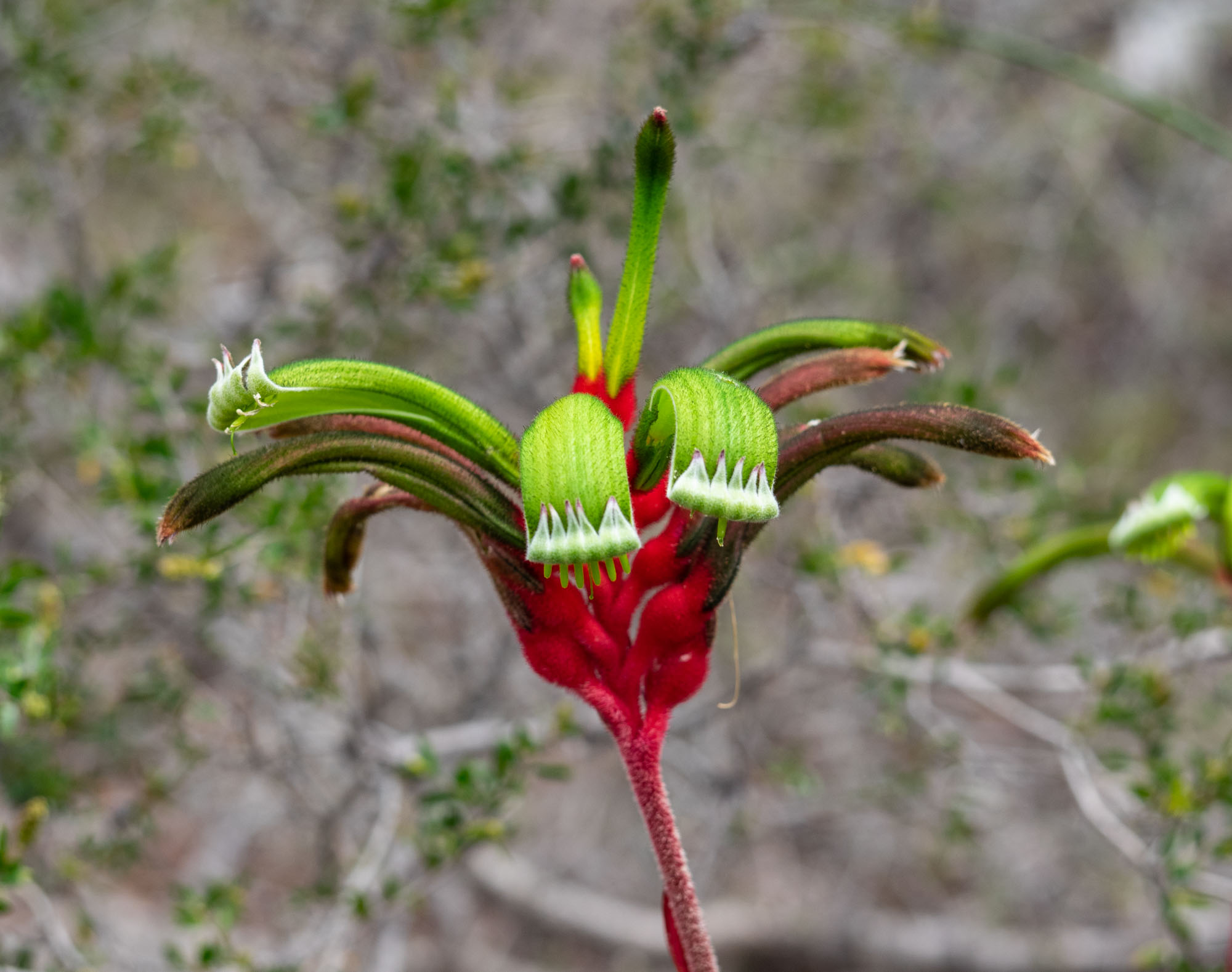
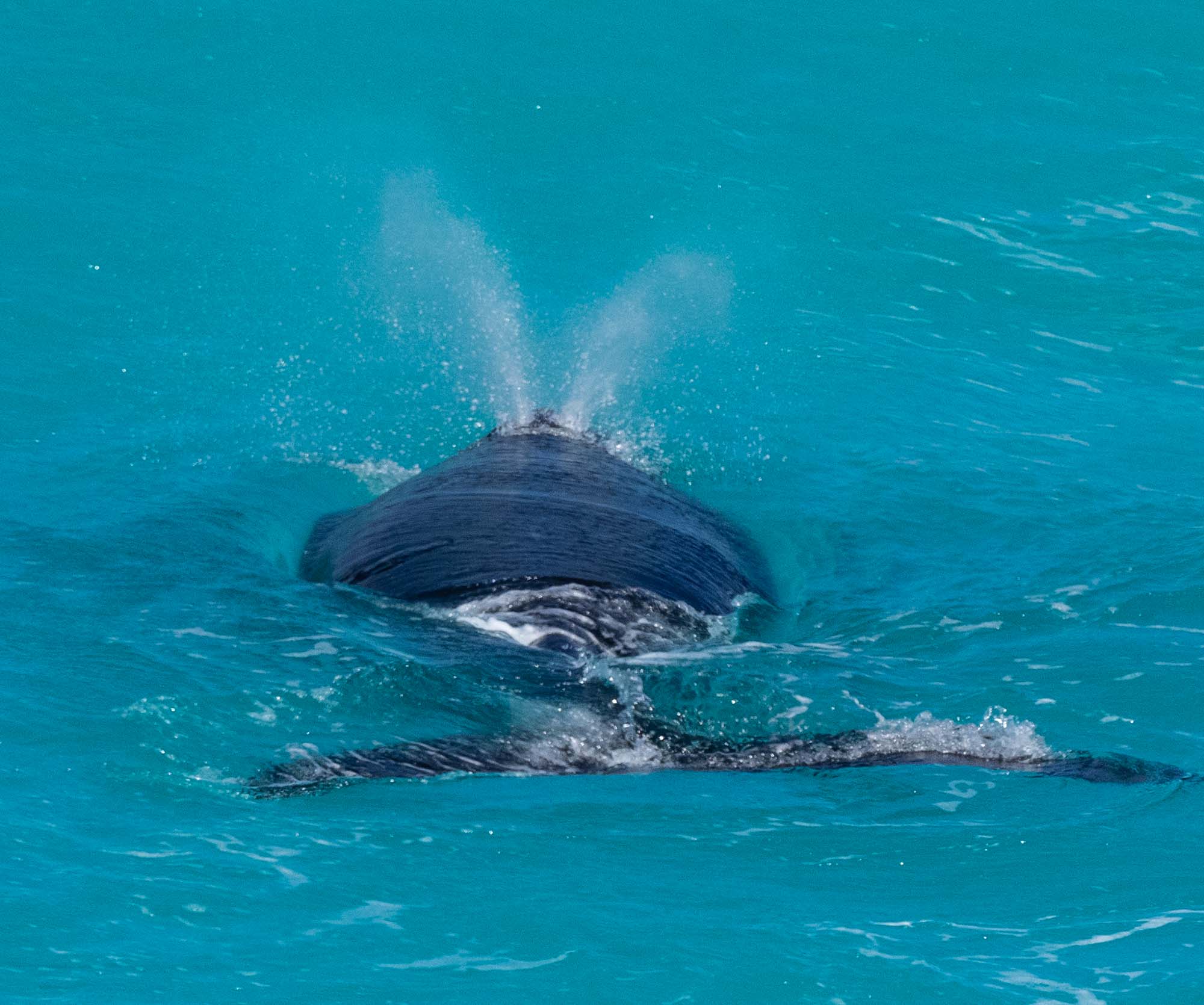
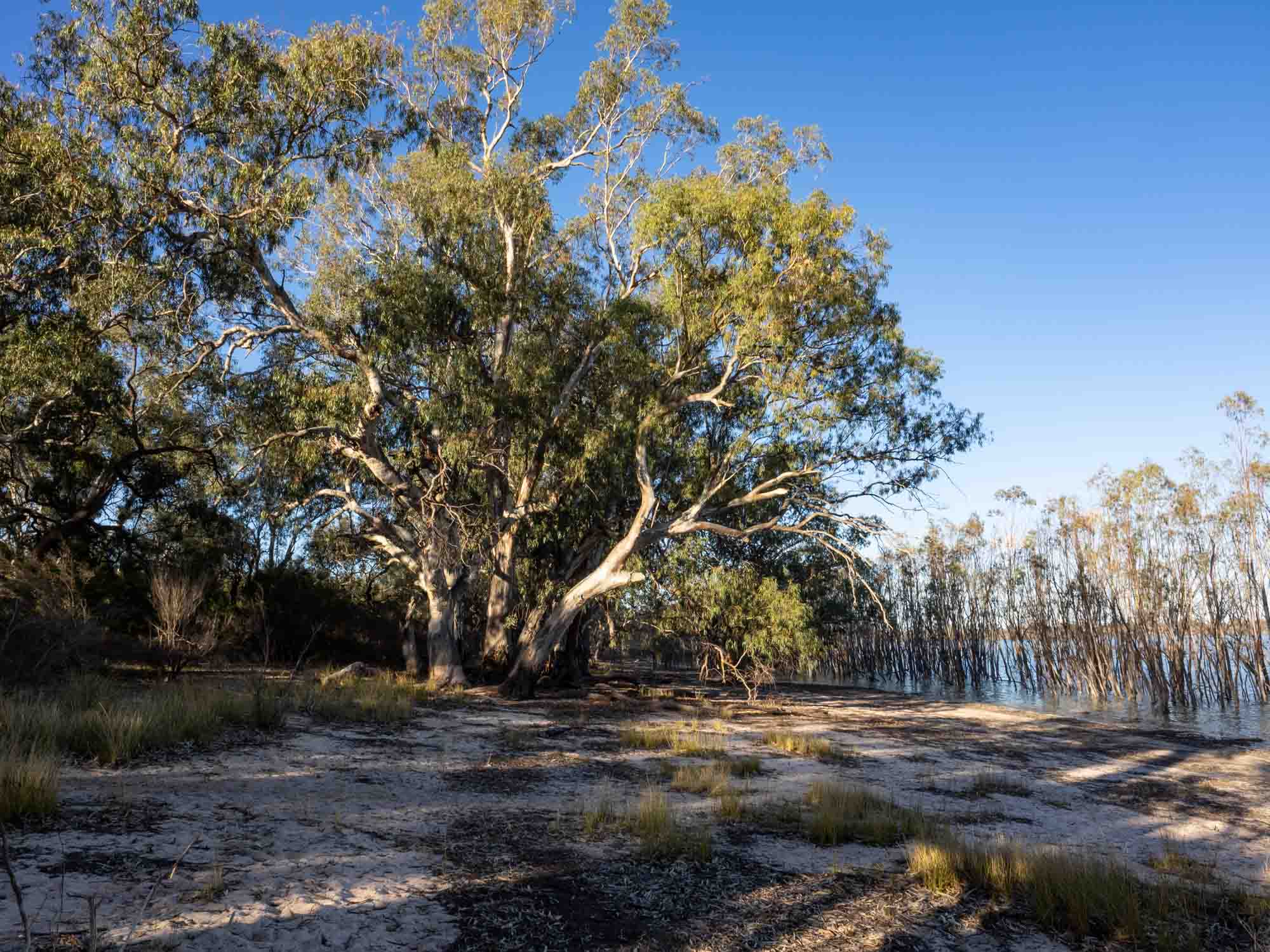
31st October - 4th November: my final post, as we head towards Melbourne.